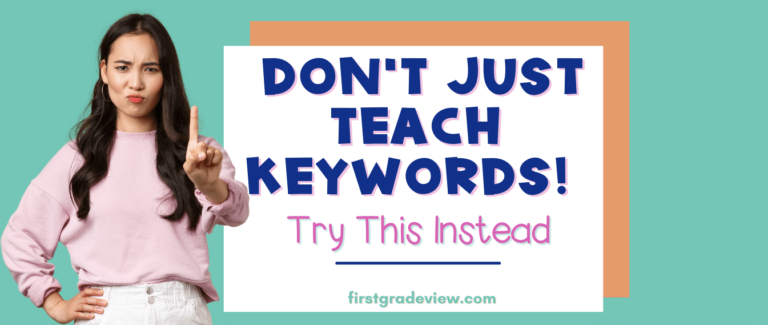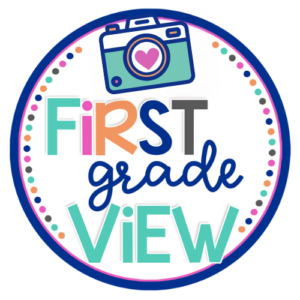Want to know how to organize math manipulatives in your classroom? Are your math supplies out of control? Trust me, I’ve been there too! I have had days where I passed out all our math manipulatives for an activity and then had hardly any time to teach the lesson to the class.
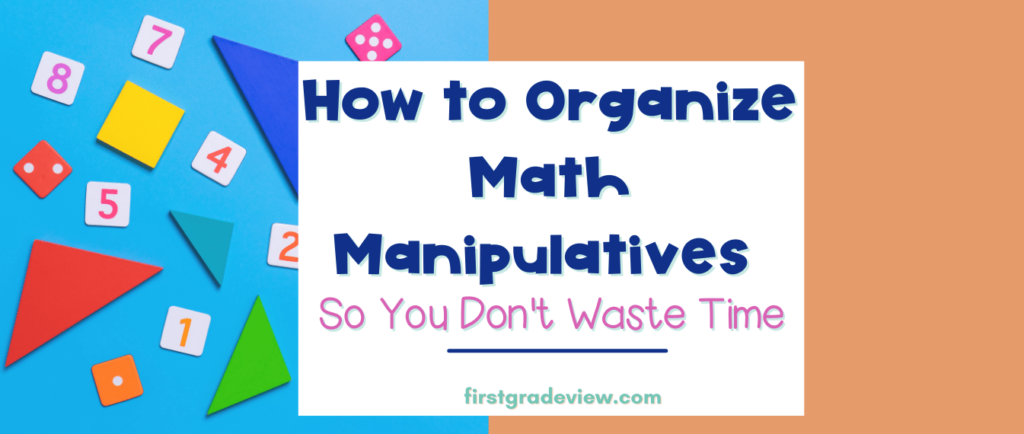
One of my favorite shows on Netflix is called The Home Edit. In this show, professional organizers Clea and Joanna come in and not only do they whip any space into an organized oasis, but they make it beautiful at the same time! Everything has its place (usually in a clear bin) and is in rainbow order. I mean, it just makes my heart swoon! After binging this show, I thought to myself, how can I incorporate this level of organization into my classroom? I decided to start small (because as teachers, we know the reality of how much stuff we can accumulate over time) and began with my math manipulatives. In this post, I will cover what I do now so using manipulatives becomes a breeze!
Using Math Manipulatives
As you probably know, it is beneficial for students to follow the Concrete- Pictorial- Abstract (CPA) progression in order to gain a conceptual understanding in math. For the concrete method, students need to have access to hands-on math tools. This is where math manipulatives become a vital component of any primary classroom. The problem is, you don’t want to have to use valuable instructional time passing out these tools to your students. That’s where math toolkits come in handy.
How to Organize Math Manipulatives
There are many ways to organize math manipulatives. Here are two of the systems I have been using.
Bin System
One of the systems I used in the past was math bins. I used the plastic, clear shoebox sized bins from the Dollar Tree to hold manipulatives such as two-sided disks, pattern blocks, practice clocks and much more! This system allowed my students and I to easily see the supplies and be able to access them. The only problem was it took a long time to pass everything out.
I still use the bin system today but only to store manipulatives that students are not currently using. I also use the bins to store any extra math manipulatives that I need to store. It has also been helpful that all my math bins are stored in a designated area of my classroom. It makes accessing them super easy!
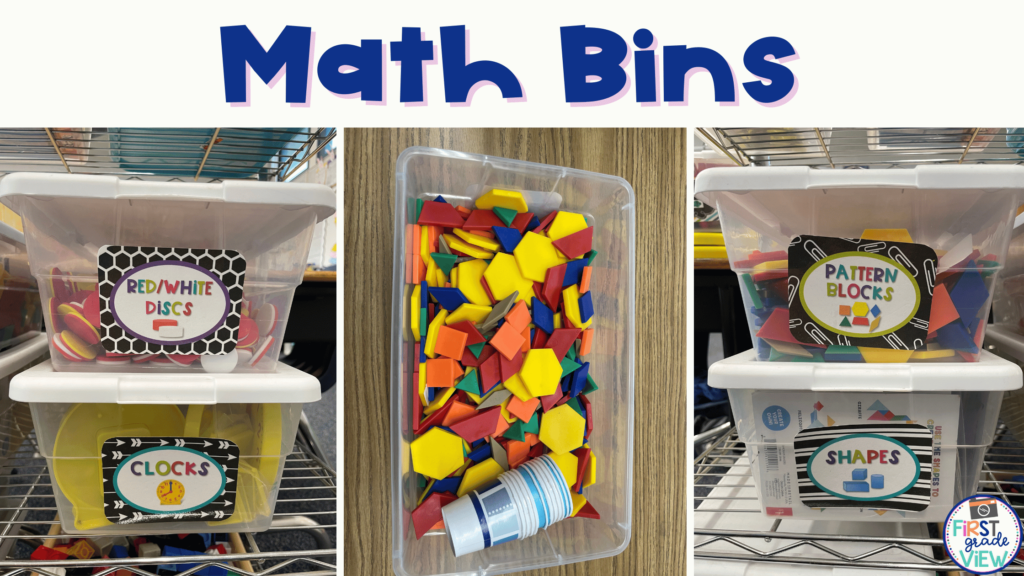
Math Toolkit
My favorite system for how to organize math manipulatives is to make a math toolkit for each student. Begin by evaluating which tools your students will use over the course of the year. For instance, some tools like rulers or practice clocks may only be utilized at particular periods of the year, whereas other manipulatives, such as base ten blocks, can be utilized throughout the year. Knowing which tools will get used the most often helps when setting up a math toolkit for students.
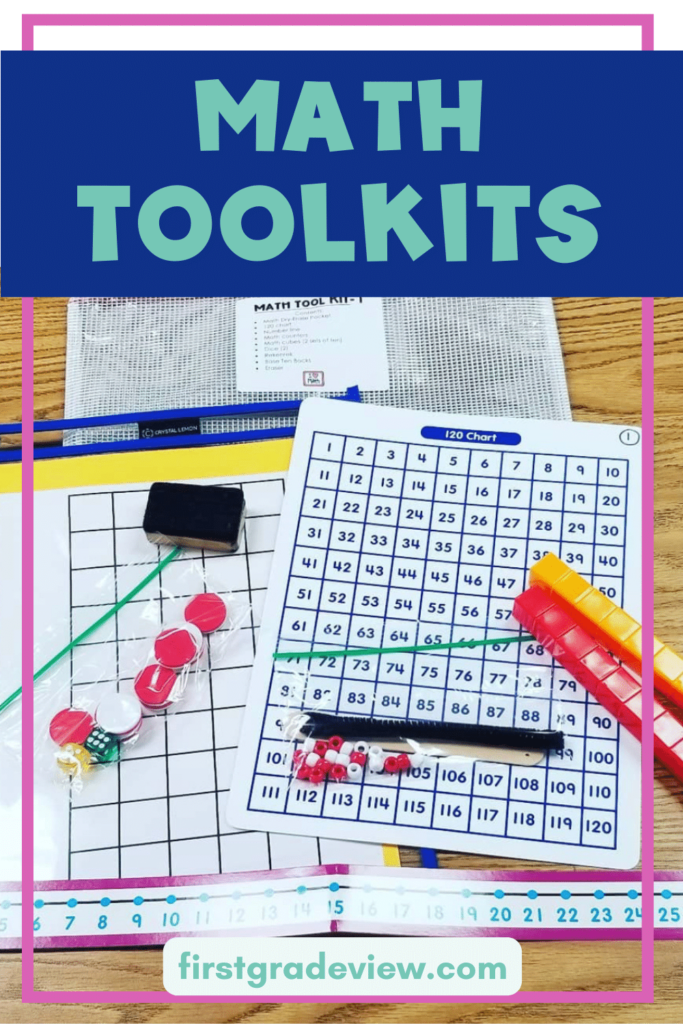
After organizing the contents, these toolkits allow students to easily access manipulatives when needed. Students can use them during whole/small group lessons, on math assignments, or when solving a word problem. Best of all, they can take them out quickly and not lose instructional time!
Contents for the Math Toolkits:
Whiteboard
Dry-erase marker
Eraser
20 unifix cubes (2 towers of ten)
Dice
As the year goes on, I add to the students toolkits as the math content changes. Here are some of the items that get added:
Measurement unit- ruler, centimeter cubes, paperclips (for nonstandard measurement)
Money unit- plastic coins (dimes and pennies)
Time: practice clock
Geometry: pattern blocks, geoboard
For small pieces such as pattern blocks, I store them in snack sized baggies and have students store them in their toolkit. I have also used dixie-sized cups to easily pass out the manipulatives to students.
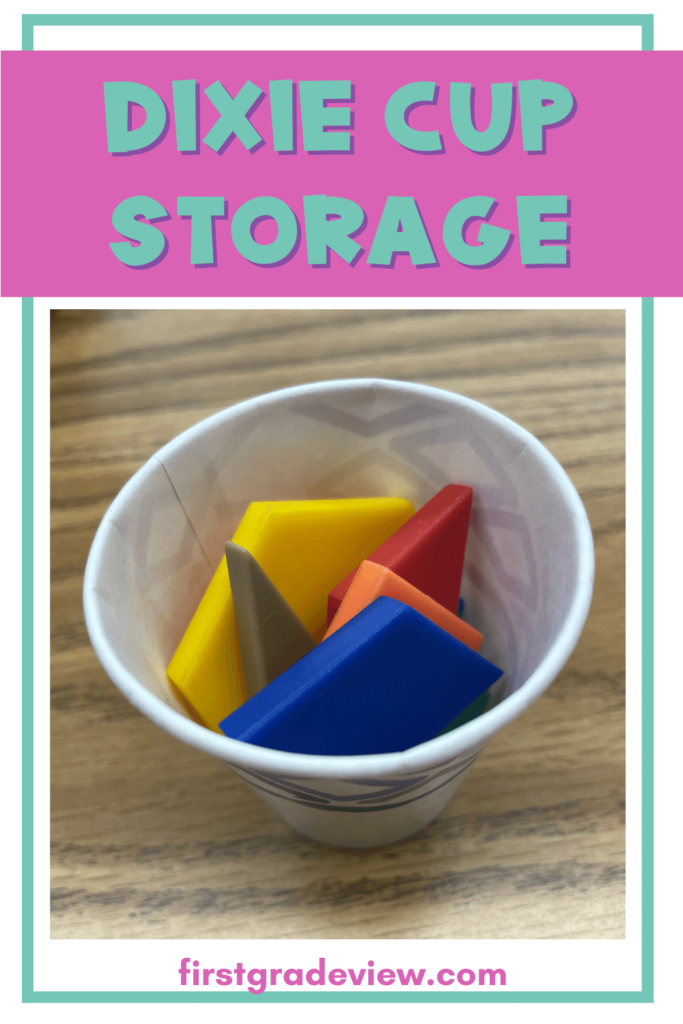
Virtual Math Manipulatives for Elementary Students
Virtual math tools can be a great addition to any classroom, providing students with interactive and engaging ways to explore mathematical concepts. These tools can help students visualize and understand complex concepts in a way that traditional methods may not be able to. Additionally, virtual math tools can be accessed from anywhere with an internet connection, making them a convenient and accessible resource for both in-person and remote learning.
Here are are some sites with virtual math tools
–Seesaw (once you set up an account for your students, they will have access to the math tools)
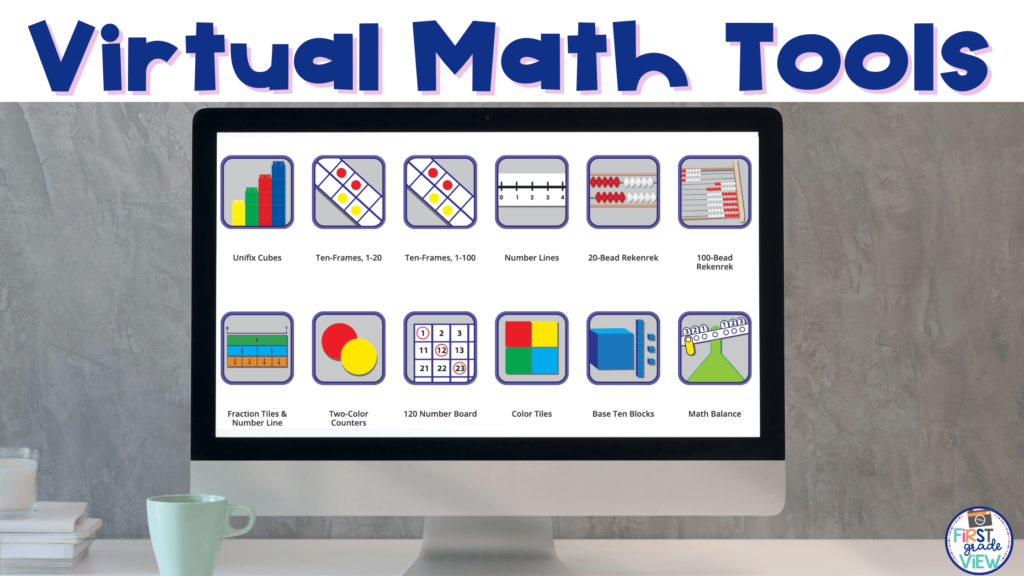
As you see, by implementing a few simple strategies, such as sorting materials by type, labeling storage containers, and designating specific areas for different activities, you can save time and reduce frustration during math lessons. Additionally, by involving students in the organization process, you can promote a sense of ownership and responsibility. This will lead to a more engaged and motivated classroom. With a well-organized collection of math manipulatives, you can create a dynamic and effective learning environment that fosters deep understanding and mathematical thinking!
You May Also Like:
How to Turn Your Hands-On Math Activity from Zero to Hero
Data and Graphs for First Graders Made Easy
How to Ensure Your Students Actually Understand the Equal Sign

